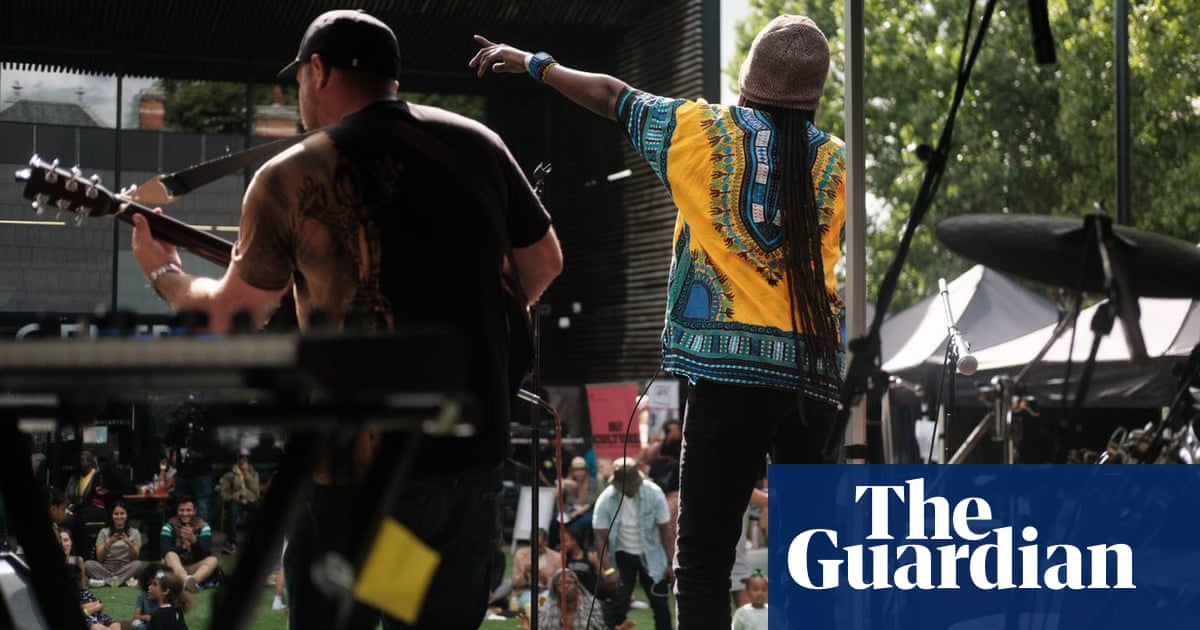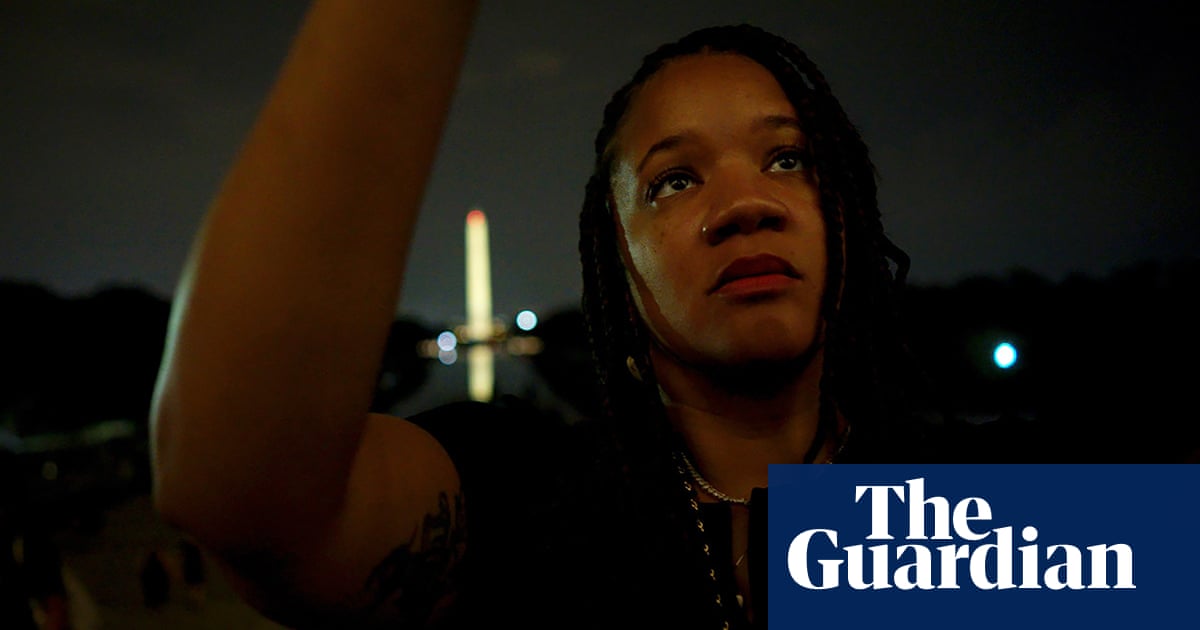
For most, finding an apartment with the right balance of square footage, amenities, neighborhood, and monthly rent is akin to a competitive sport. These New Yorkers – who lucked into the housing lottery, moved in decades ago, or inherited – placed on the podium and are staying put.
Inheritors
‘I’m definitely always keeping this apartment’
Growing up on the Upper West Side, Hattie Kolp, like any kid, didn’t think much about the apartment she and her family moved into in 2002, but the roughly 1,500-square-foot two-bedroom has become the center of the 30-year-old’s life as an influencer. She shares photos of the apartment’s details that hint at the building’s 1890 construction – like an original butler’s pantry and ornate fireplaces – with her 90,000 TikTok followers and 52,000 followers on Instagram.
“My parents knew this was not their forever home, so they didn’t really care to do any projects,” says Kolp, who assumed the lease from her parents in 2018. “I got really into design, because I suddenly had my own space. It was through that that I really started to appreciate what I had.” The project that made the biggest difference for her was uncovering the original pocket doors – hidden behind walls in her youth – that now tastefully divide the apartment’s procession of rooms.
For New Yorkers who are acutely aware of how much a place like this should cost, Kolp’s rent – $1,300 per month – is jaw-dropping. Plus, it’s rent-stabilized – meaning it can only increase in rent modestly once a year. There are only 1m such units in New York City.
“I don’t know anyone else who’s my age who can afford a two-bedroom apartment, let alone one that’s a pretty good size,” Kolp says. “I’m definitely always keeping this apartment. I truly cannot fathom living anywhere else.”
Lifers
‘You can’t give up the kind of apartment that I have, where I have it, for the amount of rent that I pay’
It’s that clear-eyed view of the realities of being a renter in New York that have led countless tenants to plant roots in their rarefied digs. Joan Hall has never left the apartment she moved into in 1974 in Westbeth, a West Village building of subsidized artists’ housing. She’s turned the 750-square-foot one-bedroom on the ninth floor with views of the Empire State Building and the New York skyline into a home befitting an artist.
Antique oak office furniture, filing cabinets of various shapes and sizes, a collection of antique blue enamel pots, and two 1930s stained glass pieces inherited from her parents give the apartment that lived-in feeling.
Hall, who hails from Brooklyn, pays $833.20 per month for what she described as a $5,000 apartment in any other building in the neighborhood. Will she ever leave? “They’ll have to carry me out in a box,” the 82-year-old sculptor says.
Rosa Pizarro has lived on a block in the East Village since the 1960s, in a roughly 1,000-square-foot one-bedroom apartment for which she’s paid $700 a month for decades. Pizarro, who is from Puerto Rico, knows she’s lucky and says she was taught by her mother and grandmother to pay it forward. “When people don’t have a place to go, I say ‘Stay with me!’” Pizarro says. “My friends say, ‘You’re crazy! You give them everything and you sleep on the floor,’ and I say, ‘Well, that’s the way we do it in Puerto Rico!’”
Pizarro says even as her neighborhood changes, everyone on her block knows each other. It remains a community. “Now there’s buildings with pools and everything, but of course the rent is different than here. It’s like $5,000,” said Pizarro, who works in elder care. “Where am I gonna get that?”
Ruth Sherman, pictured above, still lives in the rent-stabilized two-bedroom West Village apartment she and her then-husband moved into in 1974. The New Jersey native raised her two daughters in the apartment but has mostly lived alone for the past 25 years. Her rent was less than $500 a month when they moved in, and she now pays just under $2,000.
Sherman’s ninth-floor home is large, with three exposures overlooking the landmarked rooftops of Greenwich Village. The kitchen may be small, but its secondary dining area, two full bathrooms, big bedrooms and tons of sunlight make up for it. Sherman, who is in her 80s and has been active in the arts throughout her life, said she’s thought of leaving the rental, if only for a change of scene. But she always comes to her senses: “You can’t give up the kind of apartment that I have, where I have it, for the amount of rent that I pay. Where do you go, Ohio? Ohio, I’m sure, is a lovely place, but it’s not New York City.”
Reeeally lucky people who win the housing lottery
‘Oh my God, millionaires live here’
Emily Auffrey did, in fact, move from Ohio to New York. While not the beneficiaries of a rent-stabilized apartment, Auffrey and her family are the recipients of something equally fabled: winning the affordable housing lottery. The building received 93,000 applications for fewer than 1,000 apartments – at the time, the largest turnout ever for a city building’s housing lottery.
The housing lottery often gets a bad rep for its use of the word affordable: it offers rent prices at several levels based on income and the area median income, but they are competitively sought out because they are below the market rate of similar units.
Auffrey acknowledges the $3,300-a-month rent for the two-bedroom, two-bathroom apartment may sound high, but the view of the East River and Manhattan skyline, the 800-square-foot terrace, and her building’s amenities (a gym, children’s playroom, party room and a landscaped rooftop terrace) would rent for thousands more without her win. The median rent in December for a three-bedroom in Long Island City was $5,800.
Auffrey, who works in healthcare, became enamored with the building in 2017 when she was picking up a baby item advertised on a Facebook swap page. “I walked into the building and I was like, ‘Oh my God, millionaires live here.’ It was just so beautiful,” she says. The woman she was picking up from told her the building was part of the affordable housing lottery.
The building’s waitlist opened in 2020, when spots were freed by New Yorkers leaving the city because of the pandemic. After a deluge of paperwork, Auffrey, her husband, Matthew, and their son, who’s now four, moved into the seventh-floor apartment in November 2020. Auffrey decorated it with intention. “I wanted to make it dreamy because it was kind of unreal,” Auffrey says. She played up the juxtaposition between the apartment’s view over the steel and glass of the city and her interiors style, which revolves around about 70 houseplants and bohemian touches such as rattan furniture and colorful printed fabrics. Auffrey also celebrates her Black heritage by bringing in bespoke items like pillowcases and indigo modcloth from Black-owned businesses. “We’re never going to move out of this apartment unless we move out in New York City,” Auffrey says. “But we have no plans to move out of New York City.”












